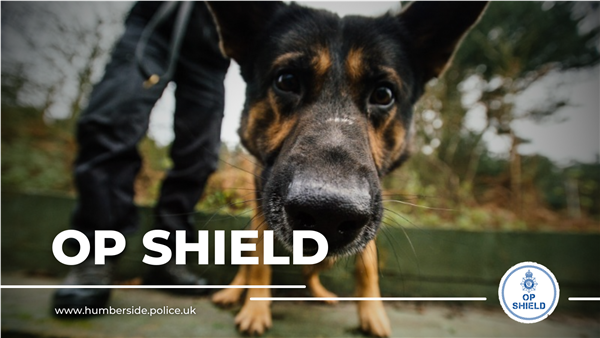|
||||
|
||||
|
|
||||
|
When you think of organised crime groups, what is the first thing you think of? Drugs? Firearms? Human trafficking? Exploitation? A lot of the films and TV dramas like ‘Gangs of London’, ‘Kin’, and ‘Peaky Blinders’ portray organised crime as violent drugs gangs who produce and supply some of the most dangerous narcotics, or distribute and trade the most dangerous weapons, instilling fear, and intimidation amongst all in their wake, and exploiting some of the most vulnerable in our communities. All of which attract a great deal of attention and overtly impact immediate communities. Whilst there are indeed organised crime groups operating in this way in our area, there are other crimes that become unnoticed as they slip under the radar as being part of organised criminality. Cybercrime, fraud, and corruption fall into this remit, but there’s one that a lot of people may not realise can be operated by organised crime groups, with patterns harder to identify, and suspects harder to track down, and that’s Serious Acquisitive Crime (SAC). SAC covers a broad range of crimes, but is mostly defined as domestic or commercial burglary, personal robbery (often using violence), theft from a person, or theft of, and from motor vehicles. In more rural areas, SAC offences may involve theft of plant or agricultural machinery. Similar to organised crime groups producing and distributing illegal substances across regional and national borders, those involved in organised SAC can operate with the same modus operandi, or MO. For instance, we see criminals setting up ‘chop shops’ where they steal cars to take them apart and sell the individual parts, plant and agricultural machinery can be stolen from rural areas and towed to docks to be illegally exported, homes can also be broken into, and high-value jewellery stolen to sell on too. This leads to complex investigations and multiple lines of enquiries that may not always identify an immediate suspect because a lot of these criminals are not from our locality – they may come from neighbouring Yorkshire forces or even further afield depending on how far reaching and sophisticated the organised crime groups are. Whilst victims of these kinds of crimes may not see immediate action, we can reassure you that all reports are taken seriously and rigorously investigated by our dedicated SAC teams headed up by two experienced Detective Chief Inspectors. Made up of Neighbourhood Policing Teams, Designing Out Crime Officers from the Crime Reduction Unit, the Rural Task Force, teams from Kinetic, and our Intelligence Unit, officers will look to establish any patterns of offending and modus operandi by liaising with other forces, regional organised crime units, and the Divisional Intelligence Bureau to build a bigger picture around the nature of offending and wider connections to serious organised crime groups. Plain-clothed patrols also target hotspot areas during peak times as part of a proactive policing operation called Thunderbolt. For those who have unfortunately been a victim of this kind of crime, Neighbourhood Policing Teams will pay a visit to the area to conduct house-to-house enquiries to make neighbours aware of any incidents, heighten their knowledge to enable them to become more vigilant, and offer crime prevention advice. In some cases, the Designing Out Crime Officers will also conduct their own investigation of the area to see if there are any measures people can put in place to protect them; ultimately working to prevent people from becoming a victim in the first place. This gives that wrap around support for both victims and communities that may have become a target for offenders. It’s also a great opportunity for officers to engage with members of the public, building rapport, trust, and confidence to be able to gather information and work to bring offenders to justice. We encourage you to speak to our officers when you see them out and about, but you can also call our non-emergency number 101 or 999 in an emergency. You may have also seen that we’ve been including an additional link in some of our appeals that specifically ask members of the public to come forward with dashcam, CCTV, ring doorbell and other footage to assist with our investigations. Our Digital Asset Management System now has a public portal for you to upload your own footage in connection with an investigation, so keep an eye out on our appeals for that link! For crime prevention advice including how to protect your home, your business, and yourself from crime, go to: Crime prevention advice | Humberside Police
| ||||
Reply to this message | ||||
|
||||
|
|
|














